AI-Generated Interpolated Frames and Copyright Ownership
The rapid adoption of AI frame interpolation tools has revolutionized video enhancement, allowing creators to seamlessly convert 24fps footage into 60fps for smoother playback. However, this innovation raises critical legal questions: Do AI-generated frames qualify as copyrighted works? Who owns them? As lawsuits around AI-generated content multiply globally, understanding these issues is essential for creators and businesses to avoid legal pitfalls.
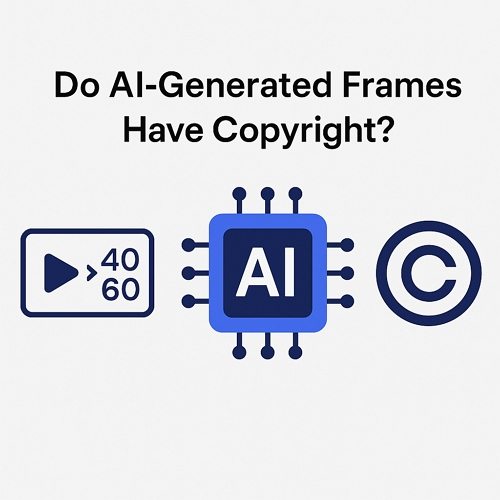
Part 1: Understanding AI Frame Interpolation
AI frame interpolation works by analyzing adjacent frames (e.g., Frame 1 and Frame 3) to predict and generate intermediate frames (Frame 2). Using deep learning models, the AI estimates motion trajectories, lighting changes, and object positions to create visually coherent transitions. Crucially, these frames are automatically generated-users provide no creative input, only a source video. The AI operates as a "black box," producing results without human guidance.
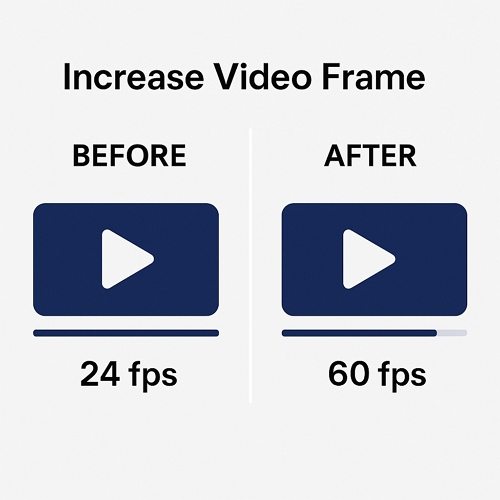
Part 2. Current Copyright Landscape
Under most international copyright frameworks, content must involve substantial human creativity to be eligible for copyright protection. AI-generated outputs without meaningful human input are typically not considered copyrightable.
- United States: The U.S. Copyright Office clarified in 2023 that works generated by AI without human authorship are not eligible for copyright protection. The Zarya of the Dawn case reaffirmed this principle.
- European Union: The EU supports a "human creativity" standard, stating that only works reflecting the author's personality and original expression can be copyrighted.
- Japan: Japan currently does not recognize copyrights in AI-generated works, reflecting a "no rights" position.
- China: Chinese law emphasizes "natural person" authorship. AI, as a non-human entity, cannot be listed as a creator, and its outputs are not granted copyright unless human intervention is significant.
Case References:
- Monkey Selfie Case: The U.S. courts ruled that a monkey cannot own copyright in a selfie it took, reinforcing that only humans can hold copyrights.
- Getty Images v. Stability AI: This case centers on unauthorized training of AI on copyrighted images, emphasizing the risks of unlicensed content generation.
These cases and policies suggest a global consensus: AI-generated content without human creative contribution generally does not qualify for new copyright protection.
Part 3. The Status of AI-Generated Frames: Original Work or Derivative Work?
AI-interpolated frames are derivative by nature. For example, converting a 24fps movie to 60fps expands the original work but doesn't create a new copyright. Legally:
- If the source video is copyrighted, the AI-generated frames fall under the original owner's rights.
- Users gain no ownership unless they licensed the source material or it's in the public domain.
- Even "transformative" enhancements (e.g., upscaling resolution) rarely qualify as original works under current laws.
Part 4. Implications for Creators and Editors
If you're using AI frame interpolation tools, keep the following legal guidelines in mind:
- Always secure rights to the source material. Whether it's stock footage, licensed video, or user-generated content, ensure you have the right to modify and republish it.
- Do not publish interpolated frames as original content. These AI-generated frames are not new copyrighted works unless your input qualifies as creative authorship.
- Use licensing agreements. If working with third-party content, obtain explicit permission to modify and enhance the video with AI tools.
These precautions help prevent unintentional copyright infringement and protect you when distributing enhanced videos across commercial or public platform
Part 5. How to Use HitPaw VikPea to Increase Video Frame
AI interpolation can greatly improve video clarity, especially for action scenes, cinematic footage, or old films. HitPaw VikPea offers a powerful and user-friendly solution through its dedicated Frame Interpolation Model, allowing users to boost frame rates up to 60fps or even higher.
Key Features of HitPaw VikPea:
- Multiple AI models: AI Frame Interpolation Modeland other models are tailored for different demands.
- Support for Various Formats: Compatible with MP4, MOV, AVI, and other popular formats.
- 8K Enhancement: Upscale video up to 8K resolution
- Cloud Acceleration: Fast process speed with CPU and GPU accelerations
How to Use HitPaw VikPea for Frame Interpolation
Step 1.Download and install HitPaw VikPea to computer.
Step 2.Launch the software and choose the "Frame Interpolation Model" from the sidebar.

Step 3.Import your video by dragging it into the workspace. This program will start automatically increase frame.

Step 4.After processing, you can preview the first 45 frames to compare the effects. Once satisfied, click Export to start processing the whole video.
Conclusion
AI-powered frame interpolation is transforming how we enhance videos, but under current copyright laws, these generated frames are not considered new copyrightable works. Instead, they are typically viewed as derivative content, falling under the original video's copyright umbrella. To ethically leverage AI tools like HitPaw VikPea, always prioritize licensing and transparency.










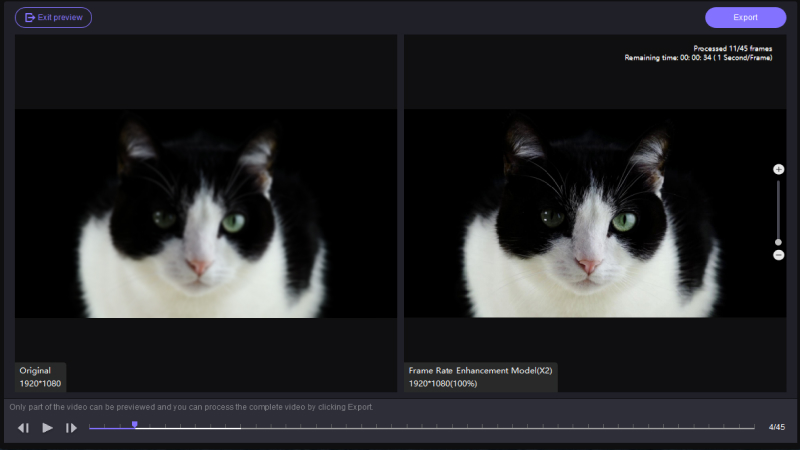
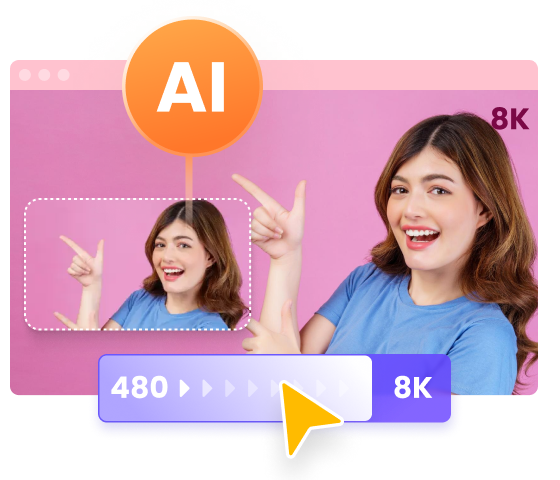
 HitPaw Univd (Video Converter)
HitPaw Univd (Video Converter)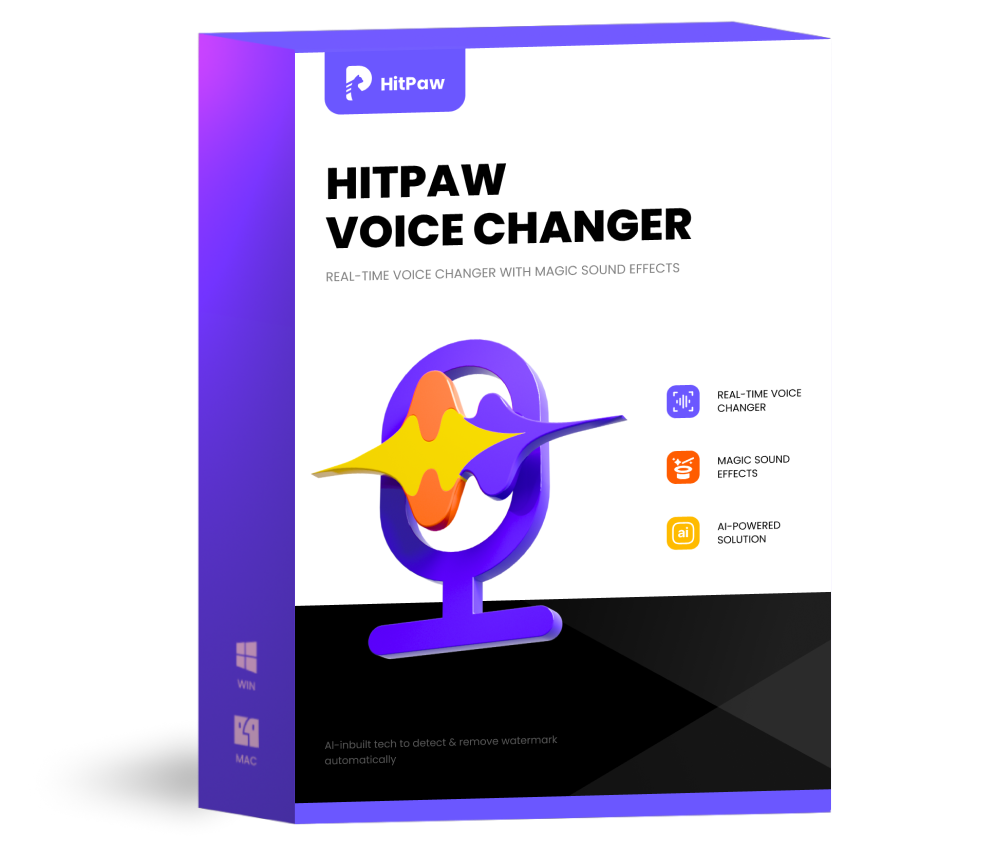 HitPaw VoicePea
HitPaw VoicePea 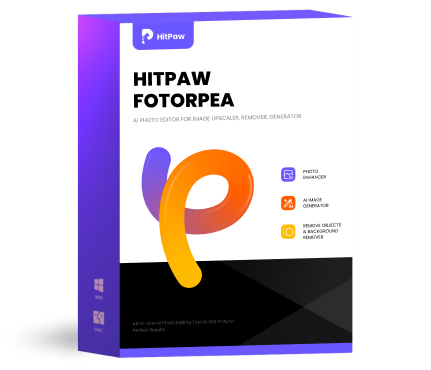 HitPaw FotorPea
HitPaw FotorPea



Share this article:
Select the product rating:
Daniel Walker
Editor-in-Chief
This post was written by Editor Daniel Walker whose passion lies in bridging the gap between cutting-edge technology and everyday creativity. The content he created inspires the audience to embrace digital tools confidently.
View all ArticlesLeave a Comment
Create your review for HitPaw articles